Demystifier: ED Original where the content is written in such a way that it is knowledgeable and easy to comprehend at the same time.
On the eve of 46th anniversary of Vijay Diwas, we cannot stop meditating over the diplomatic restraint exercised by India that culminated in the birth of a new nation- Bangladesh.
Although Pakistani books mark the event as a foiled Indian conspiracy to break the Muslim unity, this day is indeed a watershed moment in the history of both the countries. [1]
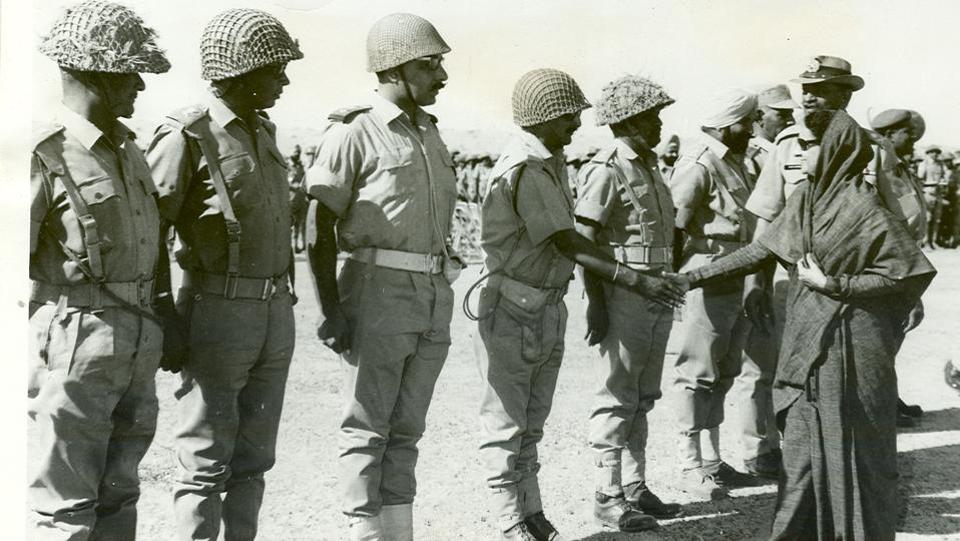
Sparking up in Conflict
The difference that led into two isolated countries of India and Pakistan also saw Bengal legislative assembly voting to break away from India. Dhirendranath Dutta sought an amendment recognizing Bengali as an official language along with Urdu and English on February 24, 1958.
But the Urdu and Punjabi speaking majority of West Pakistan failed to understand the partisan aspiration with staunch disapproval from Mohammad Ali Jinnah. Seeds of discord were sown with the fascist supremacy by Pakistan resulting in resentment and humiliation of Bengali culture. [2]
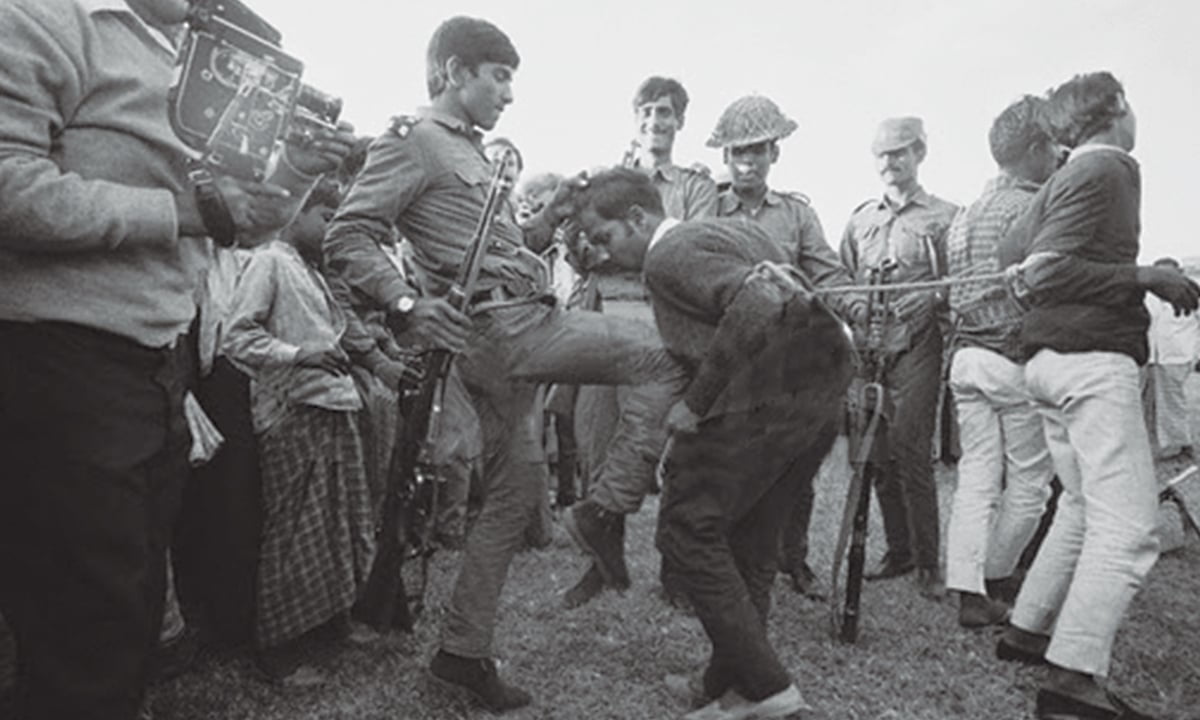
Agitating students protesting Mohammad Ali Jinnah’s decision were killed by Police on February 21, 1952. The rise of the Bengali language movement in the 1950’s along with the economic marginalization of East Pakistan exacerbated the stark contrast further.
You Can Also Read: Don’t Throw Away Your Scribbled Napkins Yet: Napkin Doodles May Be The Next Best Idea In Town (Video)
The Raging Campaign of Terror
The Pakistan People’s Party headed by Zulfikar Ali Bhutto refused to accept the overall majority won by the Awami League in the provincial elections. When the leader of the Awami League, Sheikh Mujibur Rehman faced brutal opposition denying him the opportunity to become the Prime Minister of Pakistan, he started the civil disobedience movement.

The Pakistani military junta rendered a mass scale genocide with Operation Searchlight brutally killing scores of Bengali intellectuals, journalists and student activists on the night of March 25, 1971, inside Dhaka University’s Jagannath hall.
As the number of notorious war crimes stacked up, many Bengalis were convinced that West Pakistan was crushing their nationalist ambitions by blocking their political say.
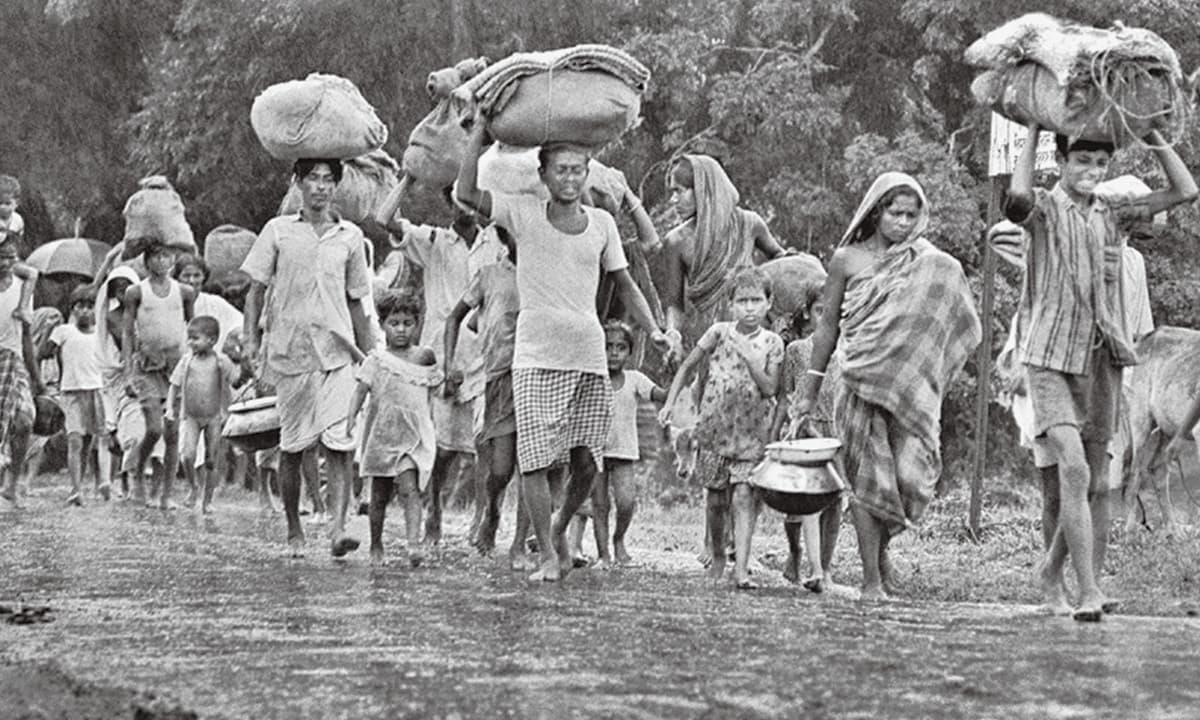
India Declaring Support to Awami League
By November 1971, more than 3 million people were killed by Pakistani soldiers in the heinous assault leading to rape, murder, and pillage. The number of refugees in India from East Pakistan had reached an alarming rate spiking up to 10 million.
This was high time calling for a decisive action by Mrs. Indira Gandhi as she ran out of diplomatic options following her policy of restraint. [3]
Mrs. Indira Gandhi and foreign minister, Swaran Singh were building up support to support the cause of Bangladesh by forcing a UN resolution condemning the atrocities by Pakistan.
The Mukti Bahini which was a potent guerilla force in the face of Bengal’s resistance received training and equipment from India who gave a sanctuary to the Bangladeshi government in exile.

When Pakistan internationalized the Bangladesh issue by attacking airfields in India on the western front under the command of Yahya Khan, the then President of Pakistan, India carved out a two-way strategy.
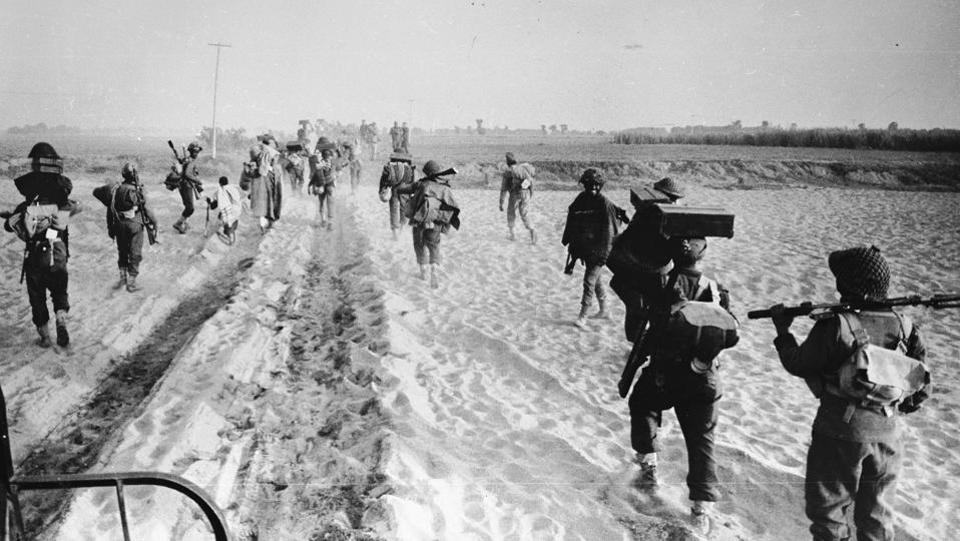
India decided to launch a swift and surprise attack on the east while backing the west with strong defensive action holding the Pakistani forces. Even if the US decided to intervene through a mutual ceasefire, Mrs. Indira Gandhi refused to bog down and expedited military efforts.
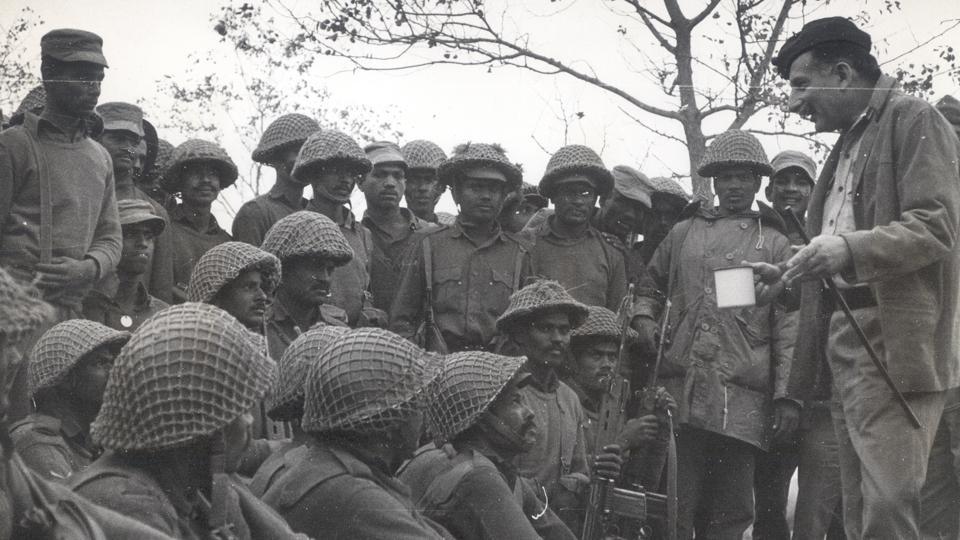
The Indian army along with the Mukti Bahini reached Dhaka within 11 days declaring war in the wee hours on Dec 4. With the war stripping Pakistan of more than half of its population, an instrument of surrender was signed surrendering 93,000 defeated Pakistani soldiers on Dec 16.
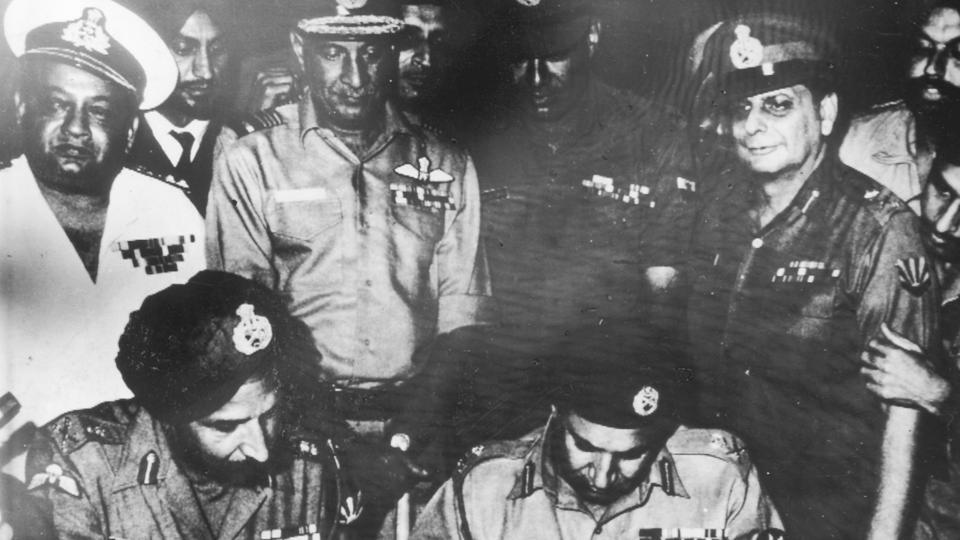
Indira Gandhi bargained a settlement with Pakistan releasing the POWs on the sole condition that Mujibur Rehman’s death sentence was overruled so that Bangladesh could see a new dawn with a new leader. [4]
Sources:
[1]-India-Pakistan 1971 war: 13 days that shook the subcontinent
[2]-1971 war: Witness to history
[4]-The Untold Story of India’s Decision to Release 93,000 Pakistani POWs After 1971 War
More Recommendations:
http://edtimes.in/2017/12/tunday-kebabs-were-made-for-a-nawab-king-with-no-teeth-know-your-indian-food-history-here/
http://edtimes.in/2017/12/hornbill-festival-2017-is-an-enriching-naga-cultural-experience-we-lived-it/





























